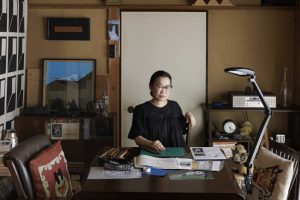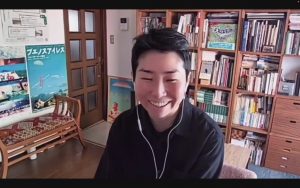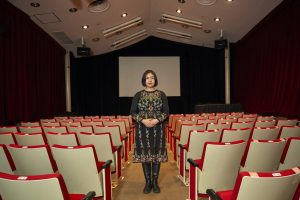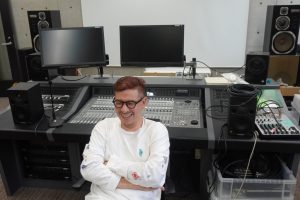Located along the Tatekawa, an artificial waterway connecting the Sumida River and the Kyu-nakagawa River east to west, Tokyo Arts and Space Residency (hereinafter, TOKAS Residency) sits between JR Ryogoku Station and Kinshicho Station. With a history spanning over 15 years, including its predecessor Tokyo Wonder Site, TOKAS Residency has hosted more than 800 artist groups. It is the only public artist-in-residence facility in Tokyo, featuring 12 rooms, studios, a library, and a communal space for interaction.
Preparing to take flight from Tokyo to the world. Artist-in-residence at TOKAS
Artists’ Survival Methods
No.017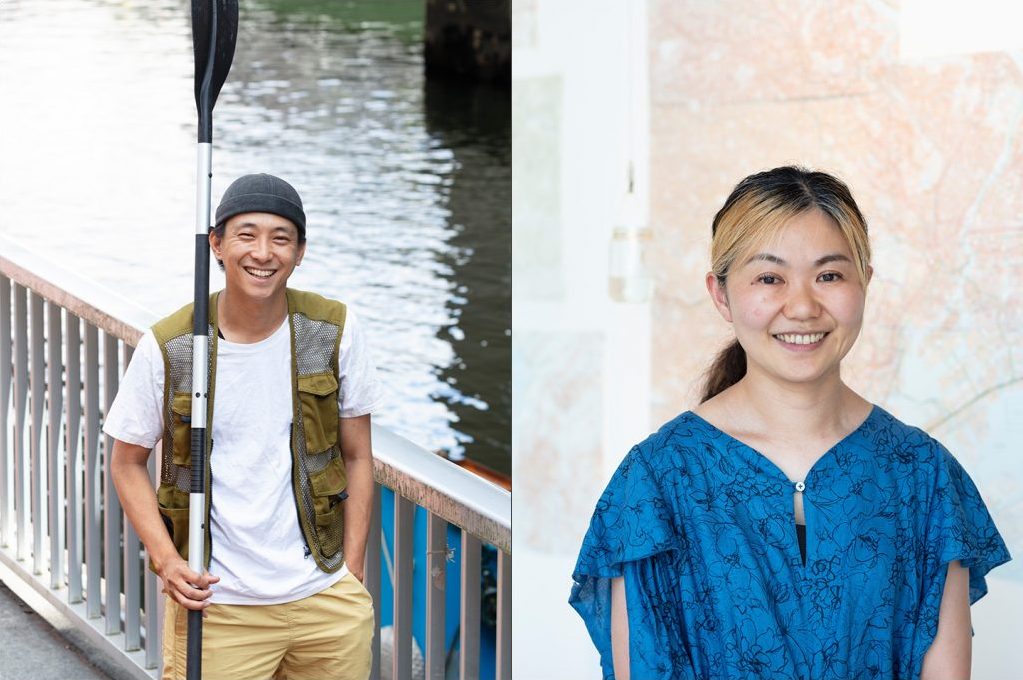
“Tokyo Arts and Space Residency (TOKAS Residency) ” provides opportunities for local artists to engage in exchanges with creators from around the world. In addition to interacting with fellow artists during their stay, participants are expected to give presentations in English and have exhibitions at Tokyo Arts and Space Hongo (TOKAS Hongo). This continuous support for local artists is a key aspect of TOKAS Residency’s many creator-in-residence programs. In this installment, we will share the experiences of Kohei Maeda and Mieko Matsumoto who took part in the Local Creator Residency Program.
Meticulous follow-up and mentoring
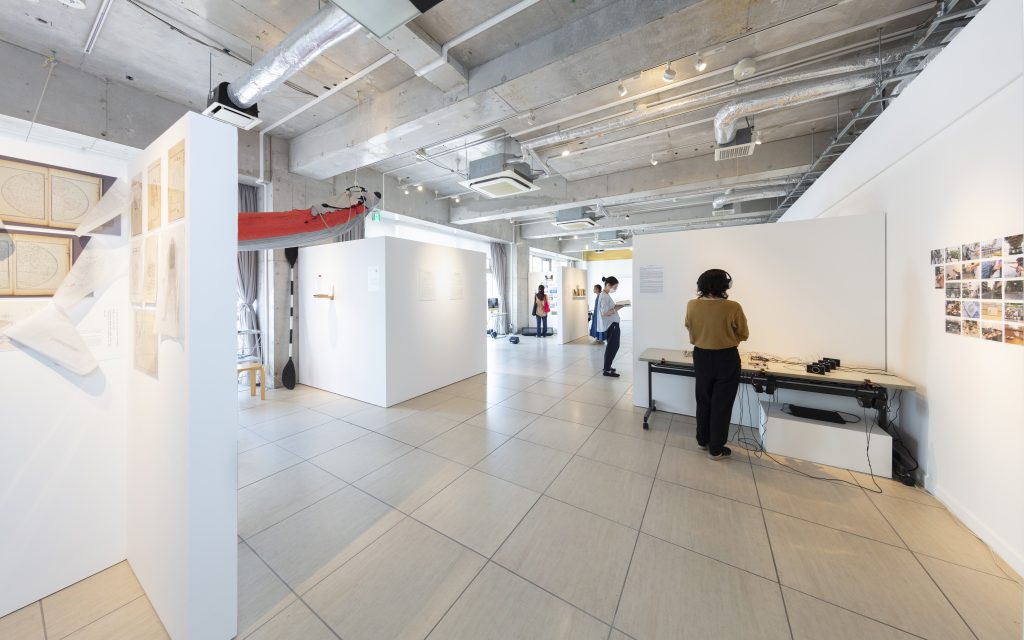
TOKAS Residency offers seven programs with different periods and target participants. Kohei Maeda and Mieko Matsumoto participated in the “Local Creator Residency Program”. This program, which started in 2019, sets a different theme each year, allowing for exchanges with overseas participants on the same theme, which is a significant feature. The theme for 2023 was set as “Ecology around the city.”
Mr. Maeda, who creates works through videos and performances based in the Kansai region, learned about the residency program through social media and applied after resonating with the theme. Ms. Matsumoto, who is interested in movement in humanity and nature in her creations, heard of the reputation about the program from artist acquaintances and decided to apply, thinking her plan would be a good fit for the theme. Both went through the selection process and stayed for about three months from May to July 2023.
Enhancing skills for international activities
During the approximately 90-day residency period, artists are responsible for planning their own activities, including research and production. However, TOKAS also provides several events to support artists’ development. These include “Individual Meetings” with TOKAS staff, “Coffee gatherings” where resident artists meet together twice during their stay, and “Studio Visits” where artists on the forefront and curators are invited. These events offer support beyond residency, focusing on important skill development and mentoring to enhance artists’ abilities as they pursue international opportunities.
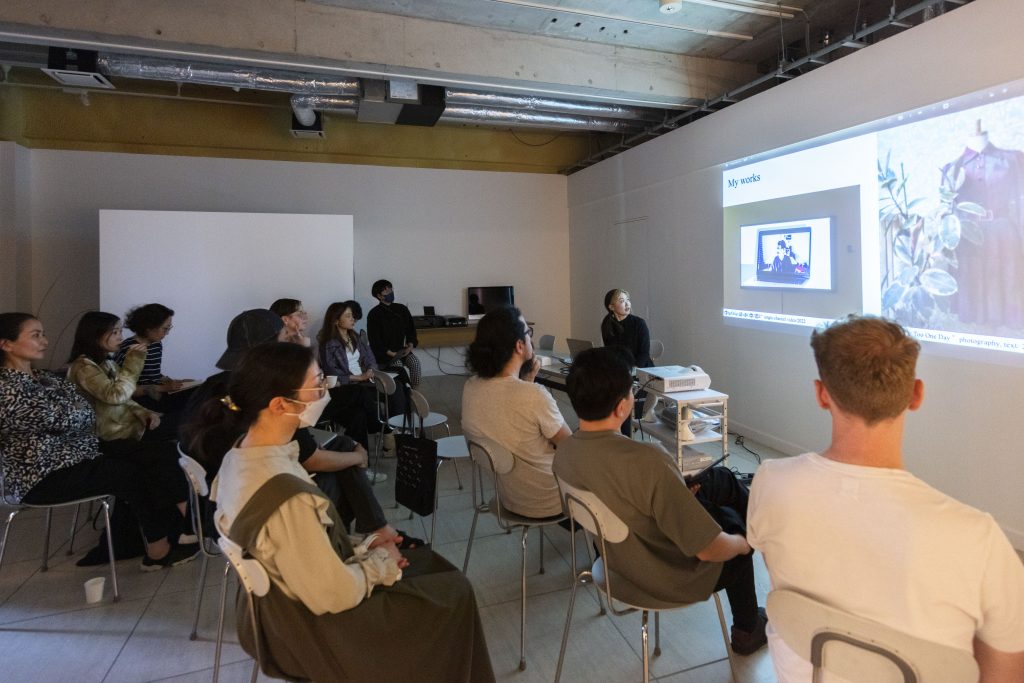
At the “Coffee Gatherings”, presentations were given on their plans during the residency and their artworks related to the theme of “Ecology around the city.” Alongside Mr. Maeda and Ms. Matsumoto, Edd Carr from England and Edwin Lo from Hong Kong also presented their plans. They were staying under the “International Creator Residency Program” on the same theme and the same period. As all presentations were conducted in English, Ms. Matsumoto, who lacked confidence in English, diligently prepared by writing her script in advance, having it checked by TOKAS staff, recording and listening to her presentation herself, and practicing pronunciation repeatedly.
“Eventually, I want to present my work abroad. To take that step, I realized I needed to improve my language skills and adopt a mindset for creating and showcasing artworks in English-speaking environments. It was challenging, but I saw it as a valuable opportunity and gave it my all.”
Ms. Matsumoto particularly focused on honing her language skills during the first month.
There were also multiple opportunities to present to experts from both local and international fields, such as curator Yukiko Shikata and art researcher Hiroki Yamamoto. Also, two curators, Ayos Purwoaji and Isabella Tam, who were staying as part of the residency program.
In addition to direct advice on artworks, recommended exhibitions and reference materials from those experts were also great resources for their research.
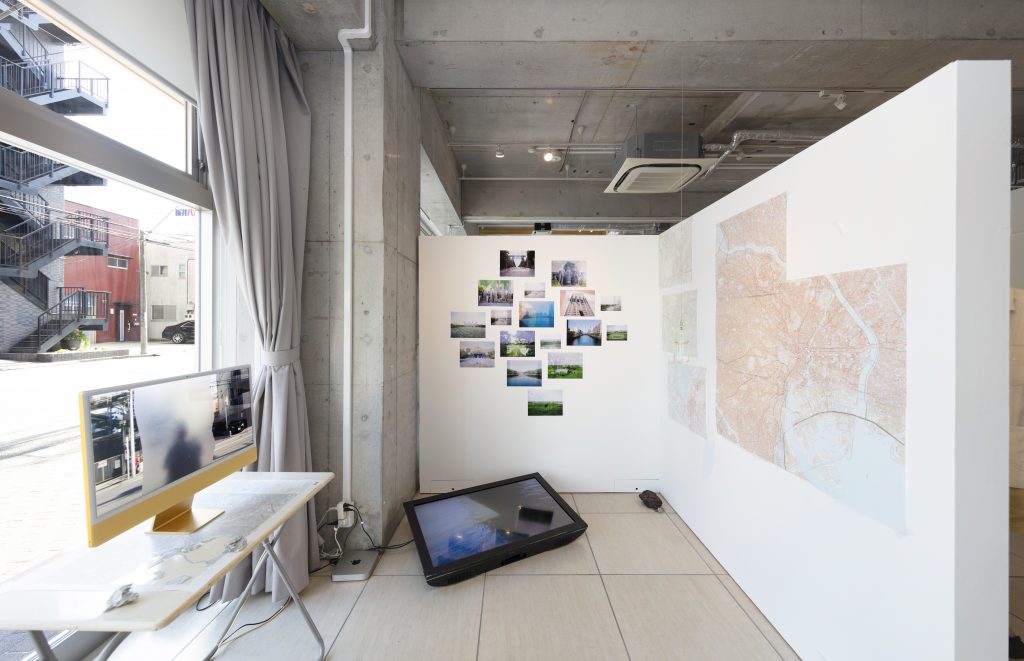
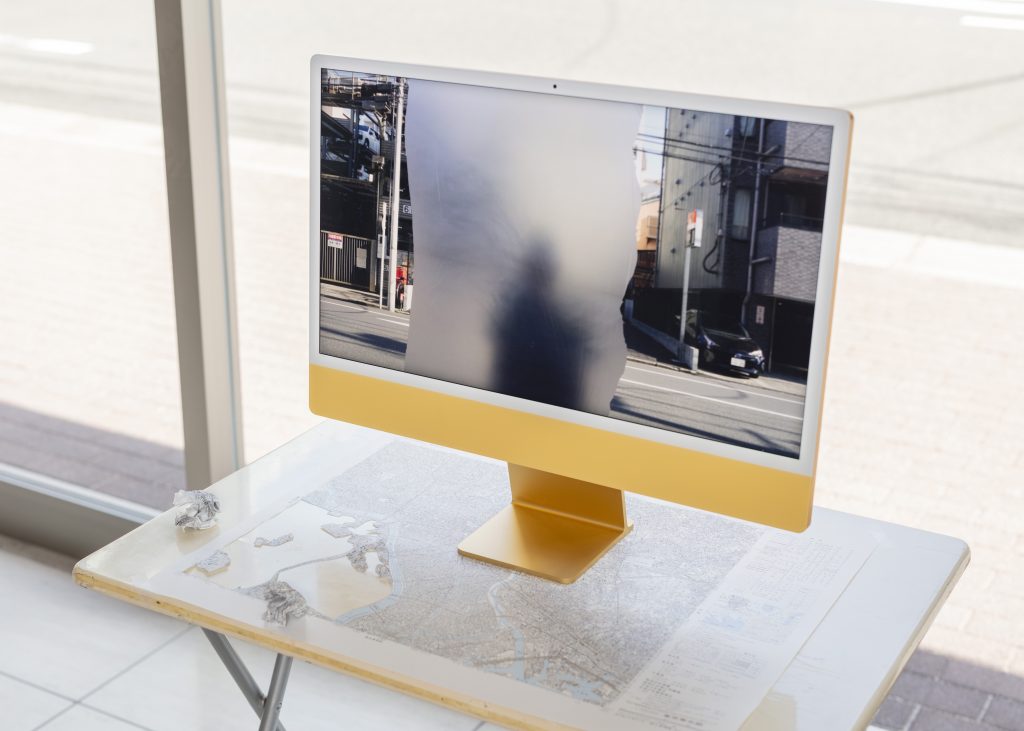
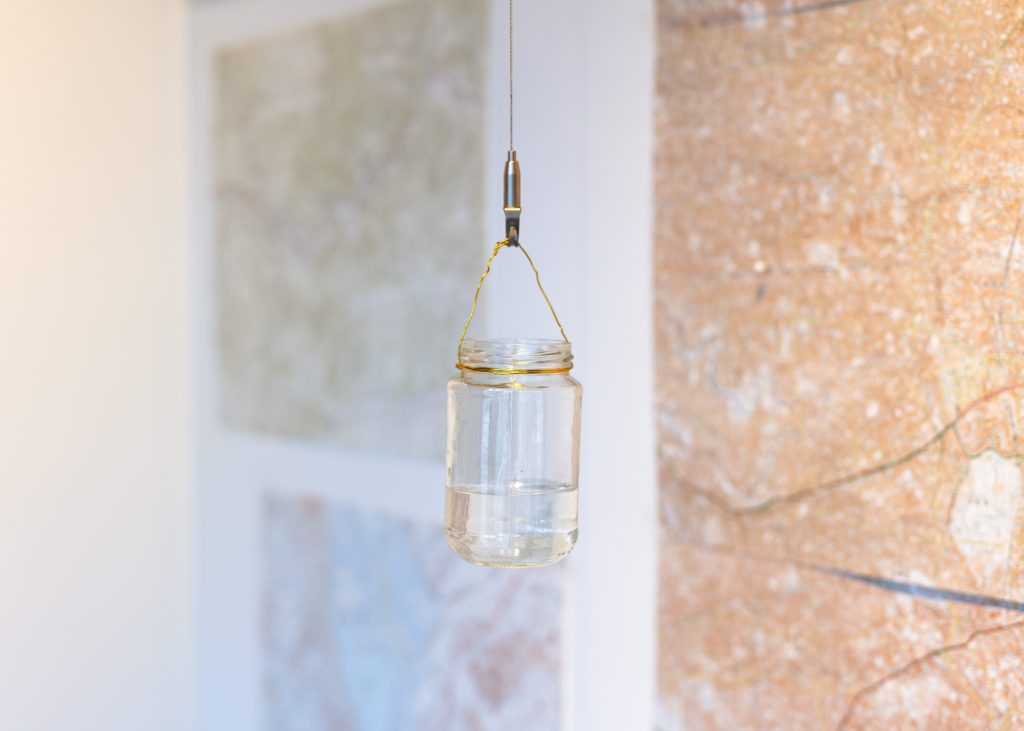
Interactions among artists
Mr. Maeda and Ms. Matsumoto had worked under the common research subject, “rivers,” from the time they applied. “It’s not uncommon for artists’ research locations to overlap in artist-in-residence programs,” Ms. Matsumoto says. Therefore, she had avoided researching the same place that Mr. Maeda was interested in. Mr. Maeda mentions being influenced by this approach.
“I might not have had that kind of thinking before. But I sympathized with Ms. Matsumoto’s thoughts and continued to confront the theme within myself, progressing with my production,” Mr. Maeda says.
Although they didn’t conduct research together, being among the few who could speak Japanese, they shared their progress and concerns in their work and encouraged each other. Furthermore, Mr. Maeda reflects on being stimulated about expression methods and skills by encountering other artists in the studio or shared spaces.
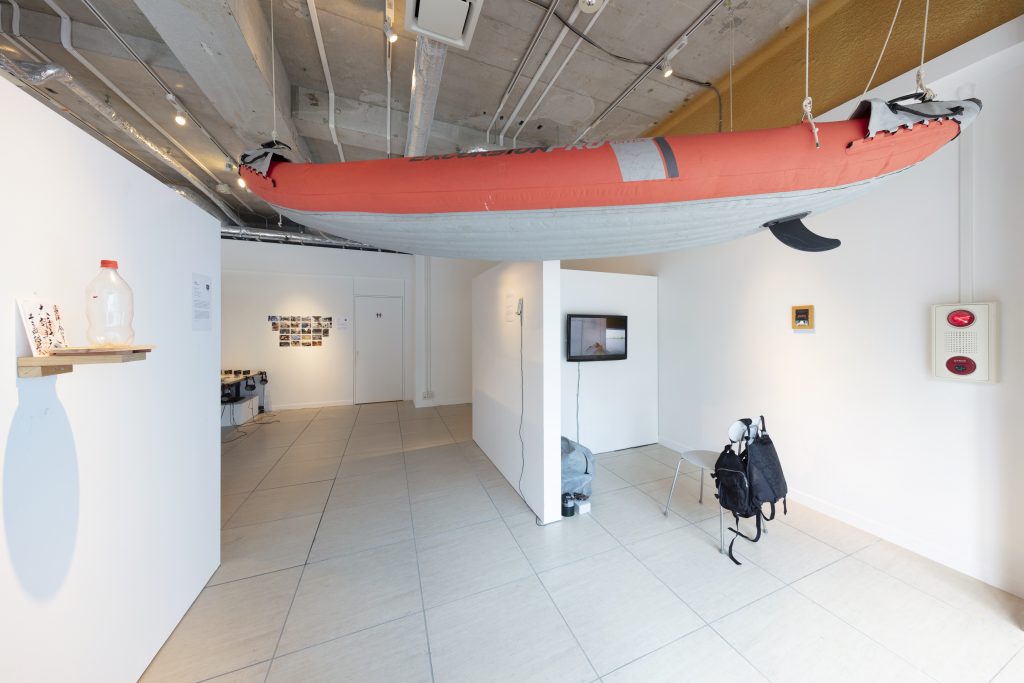
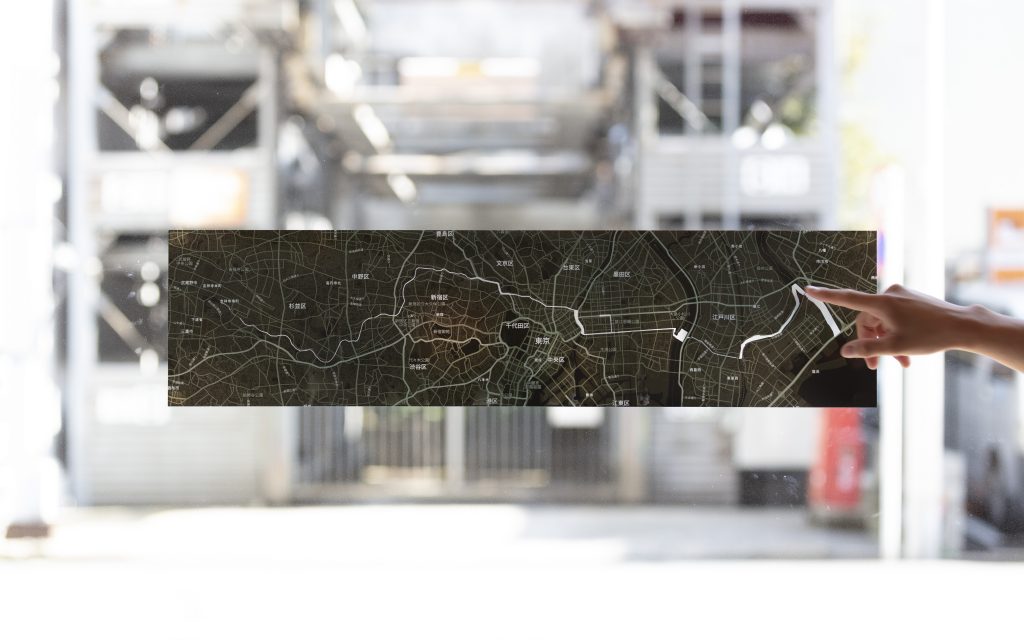
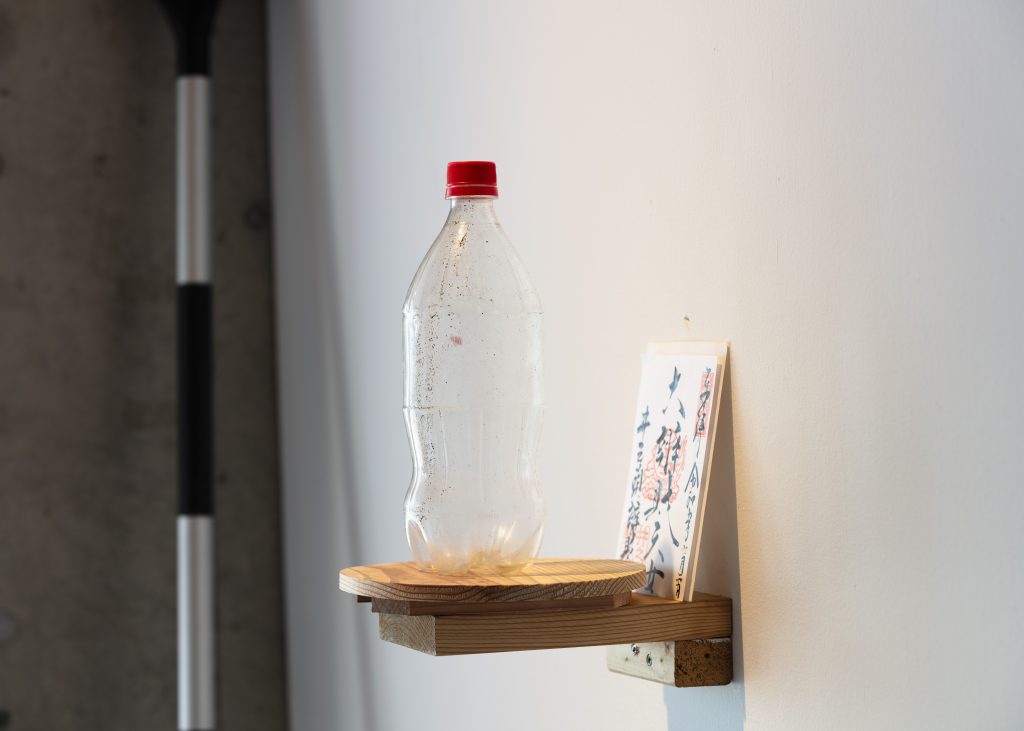
The Open Studio and Encounters
Towards the end of the participants’ stay, a three-day “Open Studio” event is arranged, providing an opportunity to showcase the process of creation and research. This is the first time that the entire scope of everyone’s work during their stay is shared. As previously mentioned, Mr. Maeda and Ms. Matsumoto hadn’t discussed what kind of presentations they were planning, but “I watched Mr. Maeda’s video and thought it had incredible power,” says Ms. Matsumoto. Mr. Maeda also expressed the relationship between their works, saying, “Her projects tell the background of my experiences on the boat on behalf of me. As a result, it became an exhibition where I entered the river from the perspective of a fish, and Ms. Matsumoto looked at it from above.”
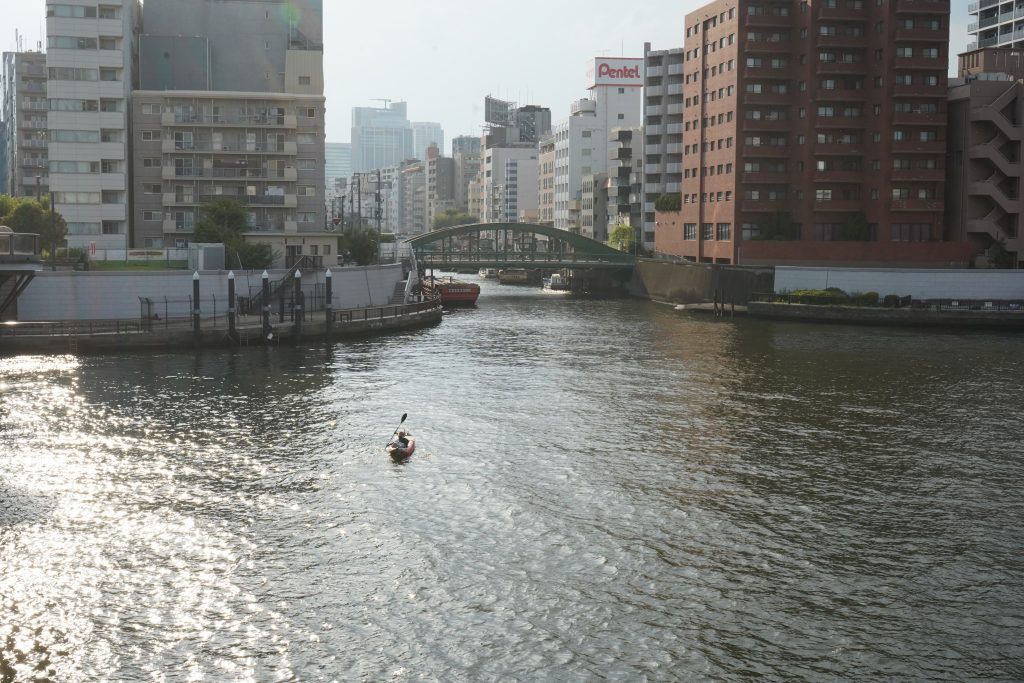
(Photo courtesy: Kohei Maeda Photo: Toma Yamasaki)
Many people who had met through their projects attended the Open Studio, which is open for anyone to visit free of charge. Among them were researchers in biotechnology, freelance curators, experts in rivers and civil engineering, as well as local residents. This opportunity to meet so many people is one of the unique advantages of Tokyo.
The exhibits at the Open Studio were still in the pre-production stage. Building on the research conducted during this residency period and considering the reactions of the viewers at the Open Studio, the artworks will continue to evolve towards an exhibition in TOKAS Hongo next summer. “We still don’t know what the final outcome will be,” the two artists agree.
Starting from the “Ecology around the city” as a focal point, it’s exciting to see what form the artworks nurtured through this exchange program will take. The anticipation for the 2024 exhibition is high.
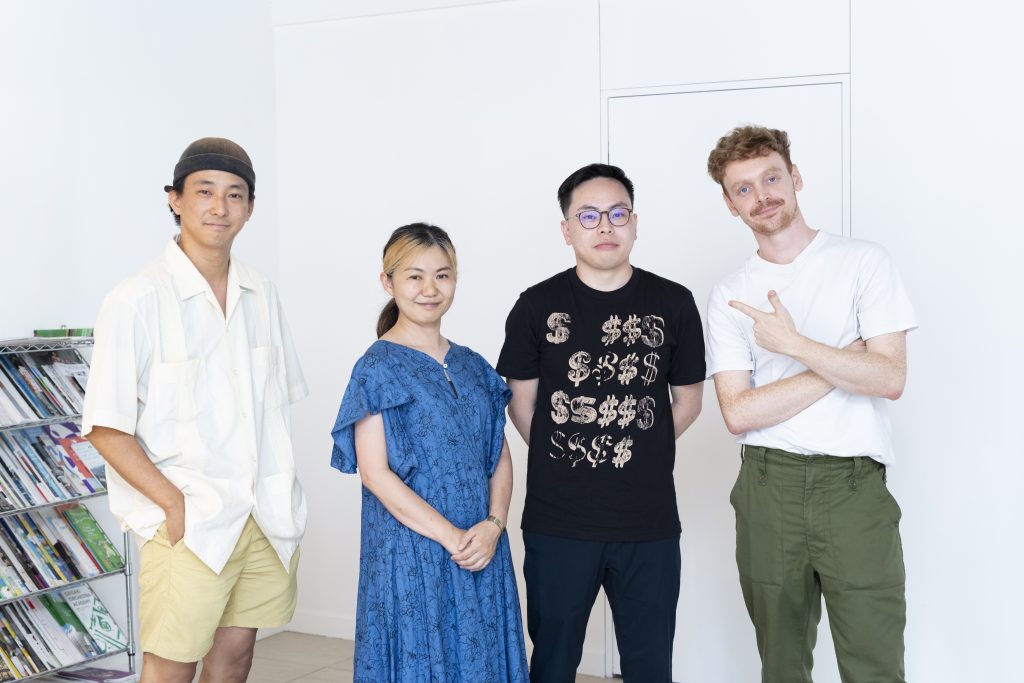
Japanese original text: Emi Sato
Photo: Shu Nakagawa
Translation: Kae Shigeno
Kohei Maeda
Born in 1991 in Wakayama Prefecture. Graduated with an M.F.A in Painting, Conceptual Design from Kyoto City University of Arts in 2017. With an interest in the relationship and distance between people, nature, and things, he continues his journey of exploration through various approaches such as video and performance by using his own experiences as clues.
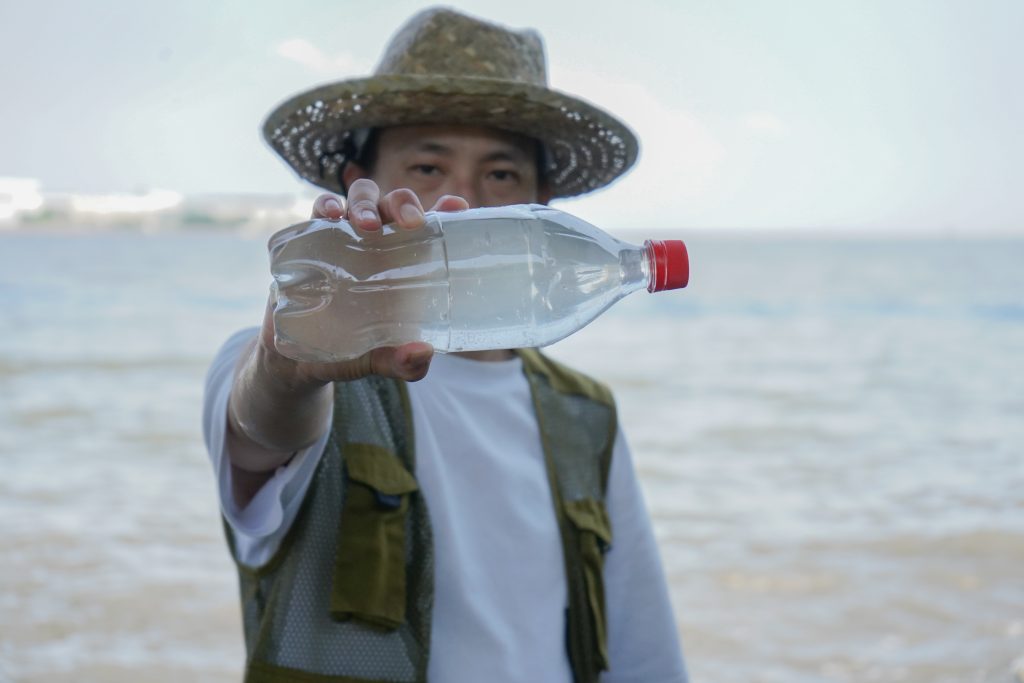
Mieko Matsumoto
Born in 1974 in Ibaraki Prefecture. Lives and works in Hitachiota, Ibaraki Prefecture. Graduated with a BA from Department of Aesthetics and Art History, Jissen Women’s University in 1998. Photographer, artist after working as a curator. She presents photography, text, sound, and video works based around the theme of movement in nature, humanity, and people’s daily lives.
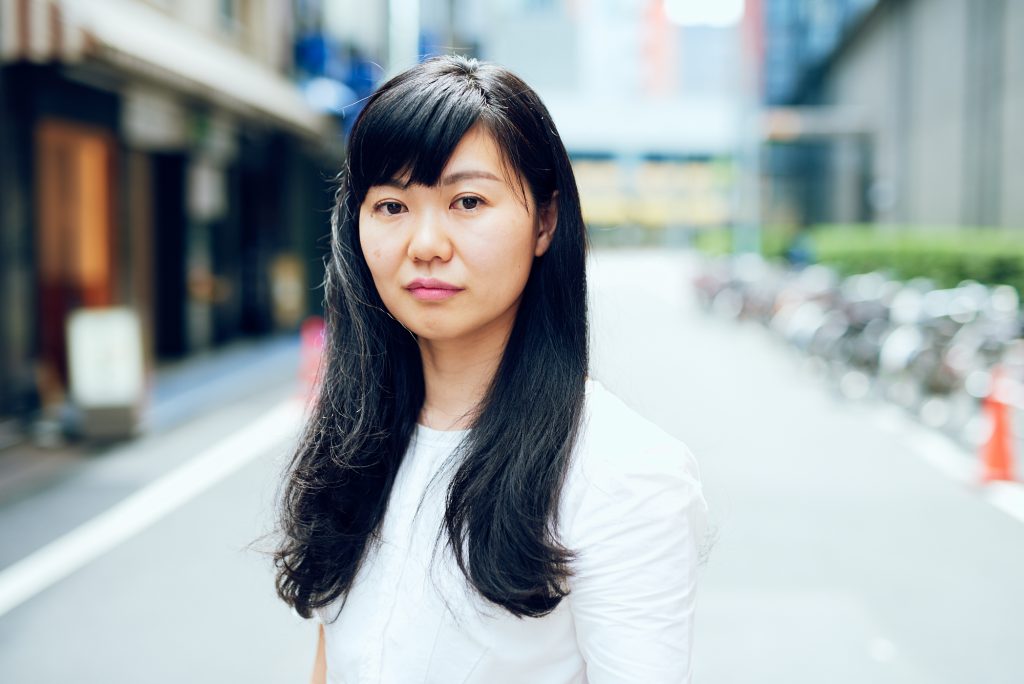
◎A program that Mr. Maeda and Ms. Matsumoto participated in is as follows:
Local Creator Residency Program
・Contents of support: Providing living expenses, fee for creative work/project, living space, and shared studio space.
・Residency period: Approximately 3 months between May and July.
・Application period: Application for the fiscal year 2024 is scheduled to begin around mid-May.
◎About TOKAS Residency Programs
https://www.tokyoartsandspace.jp/en/residence/about.html
◎About TOKAS Open Call Programs
https://www.tokyoartsandspace.jp/en/application/about_opencall.html
◎Tokyo Art Navigation provides a variety of support resources by genre and time period. Please take advantage of it! (in Japanese)


